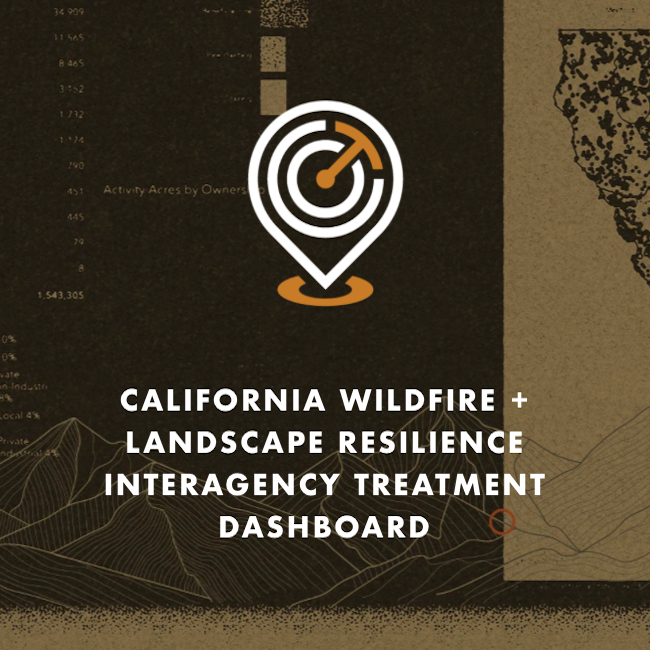President Trump Orders Immediate Expansion of American Timber Production
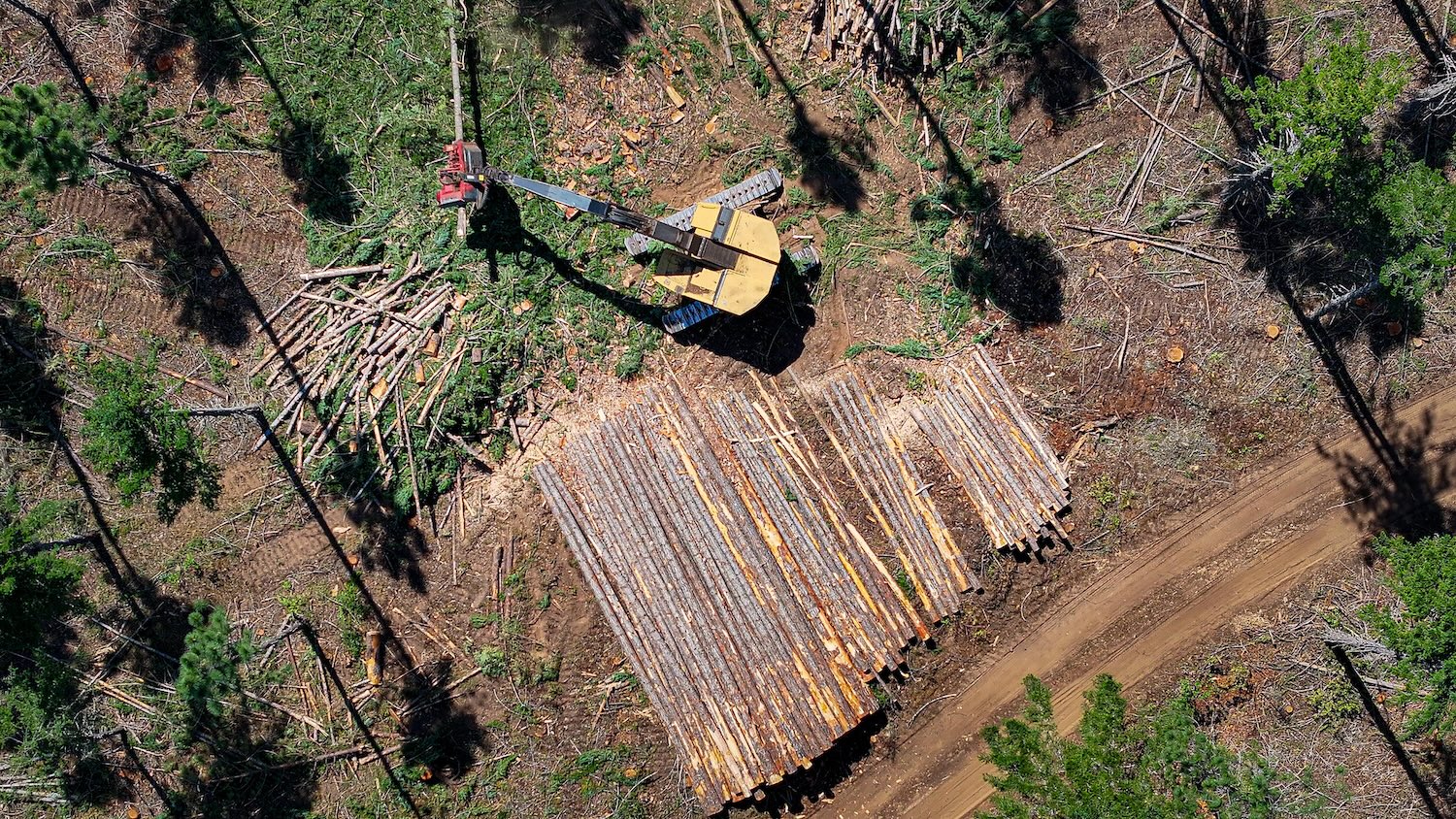
President Trump Orders Immediate Expansion of American Timber Production
March 1, 2025 – President Trump signed an executive order which aims to boost domestic timber production. The order directs the Secretary of the Interior and the Secretary of Agriculture to:
- Within 30 days, issue new or updated guidance regarding tools to increase timber production, reduce time to deliver timber, and decrease timber supply uncertainty;
- Within 60 days, complete a strategy on USFS and BLM forest management projects to increase speed of approving forestry projects under section 7 of the Endangered Species Act (ESA);
- Within 90 days, set a target for the annual amount of timber per year to be offered for sale over the next 4 years;
- Within 120 days, complete the Whitebark Pine Rangewide Programmatic Consultation under section 7 of the ESA;
- Within 180 days, consider adopting categorical exclusions administratively established by other agencies to comply with the National Environmental Policy Act for timber production, forest management, and wildfire risk reduction treatments; and
- Within 280 days, consider establishing a new categorical exclusion for timber thinning and re-establish a categorical exclusion for timber salvage activities.
The order also directs all relevant agencies to eliminate all undue delays within their respective permitting processes related to timber production and use ESA regulations on consultations in emergencies to facilitate timber production. Lastly, the order directs the federal members of the Endangered Species Committee to submit a report that identifies obstacles to domestic timber production related to the ESA.
Additionally, on March 12, 2025, the U.S. EPA announced 31 actions aimed toward environmental deregulation, including reconsideration of exceptional events rulemaking to work with states to prioritize the allowance of prescribed fires within State and Tribal Implementation Plans.
Explore the Treatment Dashboard - Take The Survey
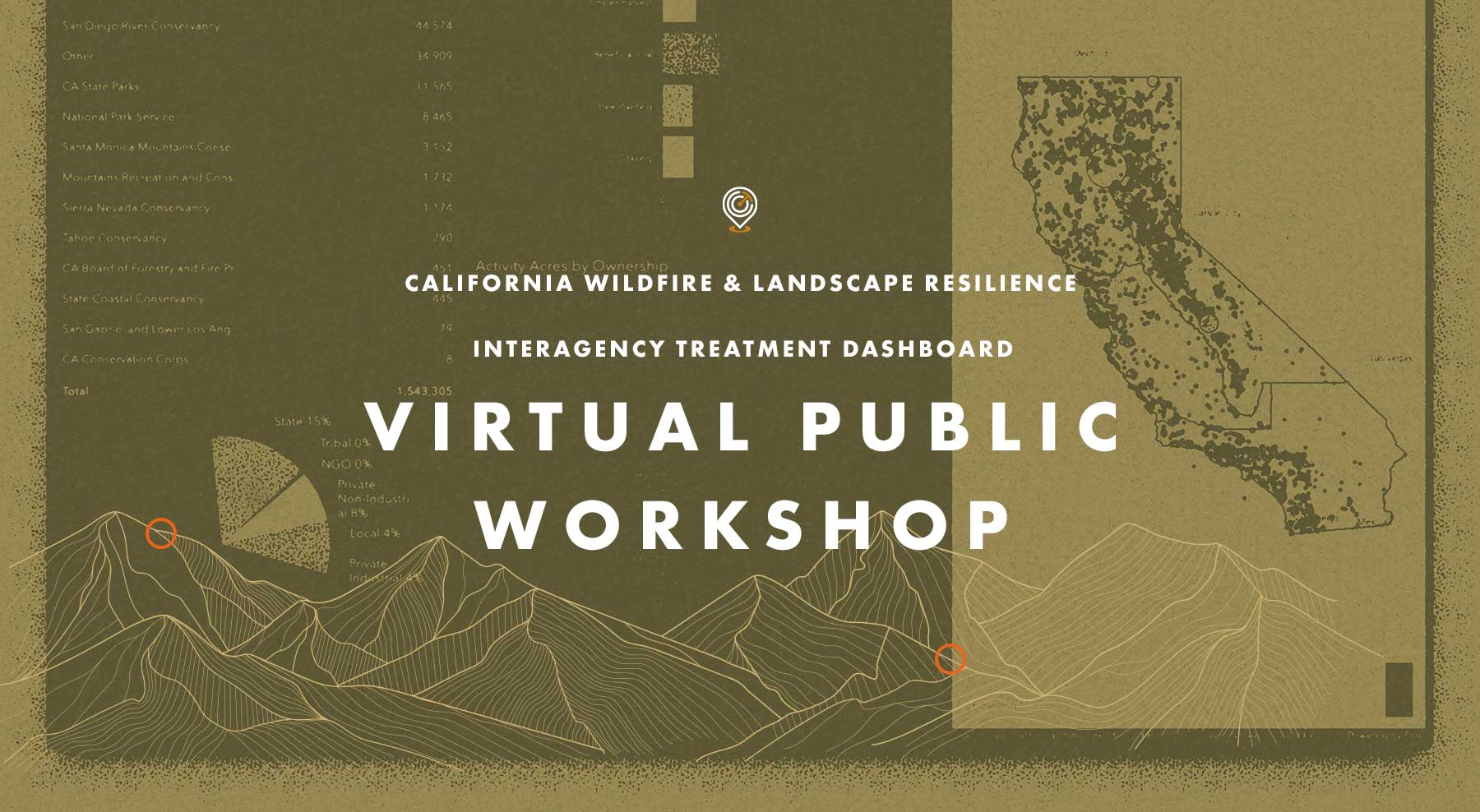
Recap: Treatment Dashboard Virtual Workshop
On Tuesday, November 14 the Task Force hosted a Virtual Public Workshop on the CA Wildfire & Landscape Resilience Interagency Treatment Dashboard. The goal of the workshop was to gather input from those using the Treatment Tracking System and Dashboard to improve how data is accessed and displayed, and to ensure we are providing transparency and effective planning information on statewide wildfire resilience treatments.
If you missed the workshop, or want to look back at what was covered, click on the buttons above to watch a video of the presentation from Alan Talhelm, Assistant Deputy Director for Climate and Energy at CAL FIRE, and a key architect of the Dashboard. You can also view and download Alan’s presentation and take a moment to answer a quick survey for gathering additional input on how the Dashboard can be most effective.
Wildfire & Forest Resilience Treatment Tracking and Mapping
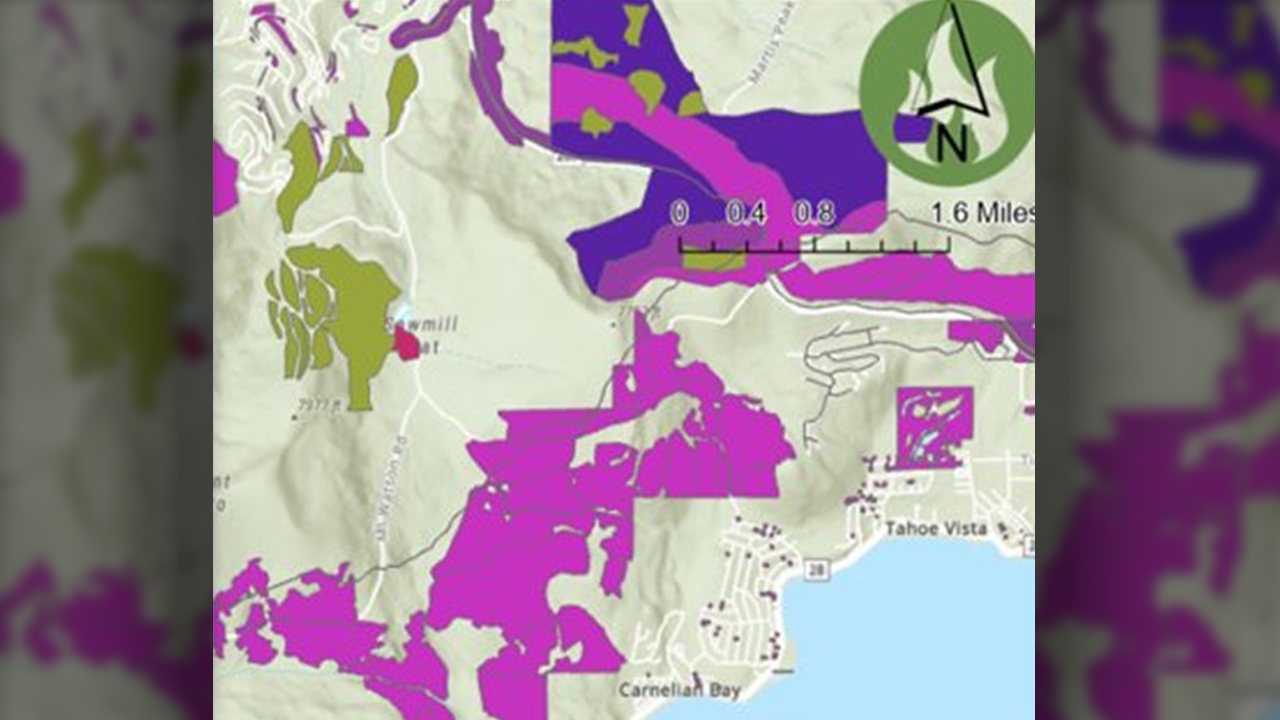
Wildfire & Forest Resilience Treatment Tracking and Mapping
At the March 30 Task Force meeting, the Task Force’s Monitoring, Reporting and Assessment Work Group gave an update on their efforts to build an interagency treatment tracker. The group is assembling federal, state, local, private data on planned, active, and completed projects statewide, including those on forests, grasslands, shrublands, and covering approximately 60 different activities (type of work completed). The goals include tracking progress toward state/federal acreage targets; facilitating regional planning and monitoring; and assessing benefits/costs beyond “acres treated.” The Task Force anticipates having a publicly available treatment tracking map and dashboard by summer 2023.
RESOURCES
Guide to Planning and Permitting Forest Fuel-Reduction Projects on CA Private Lands
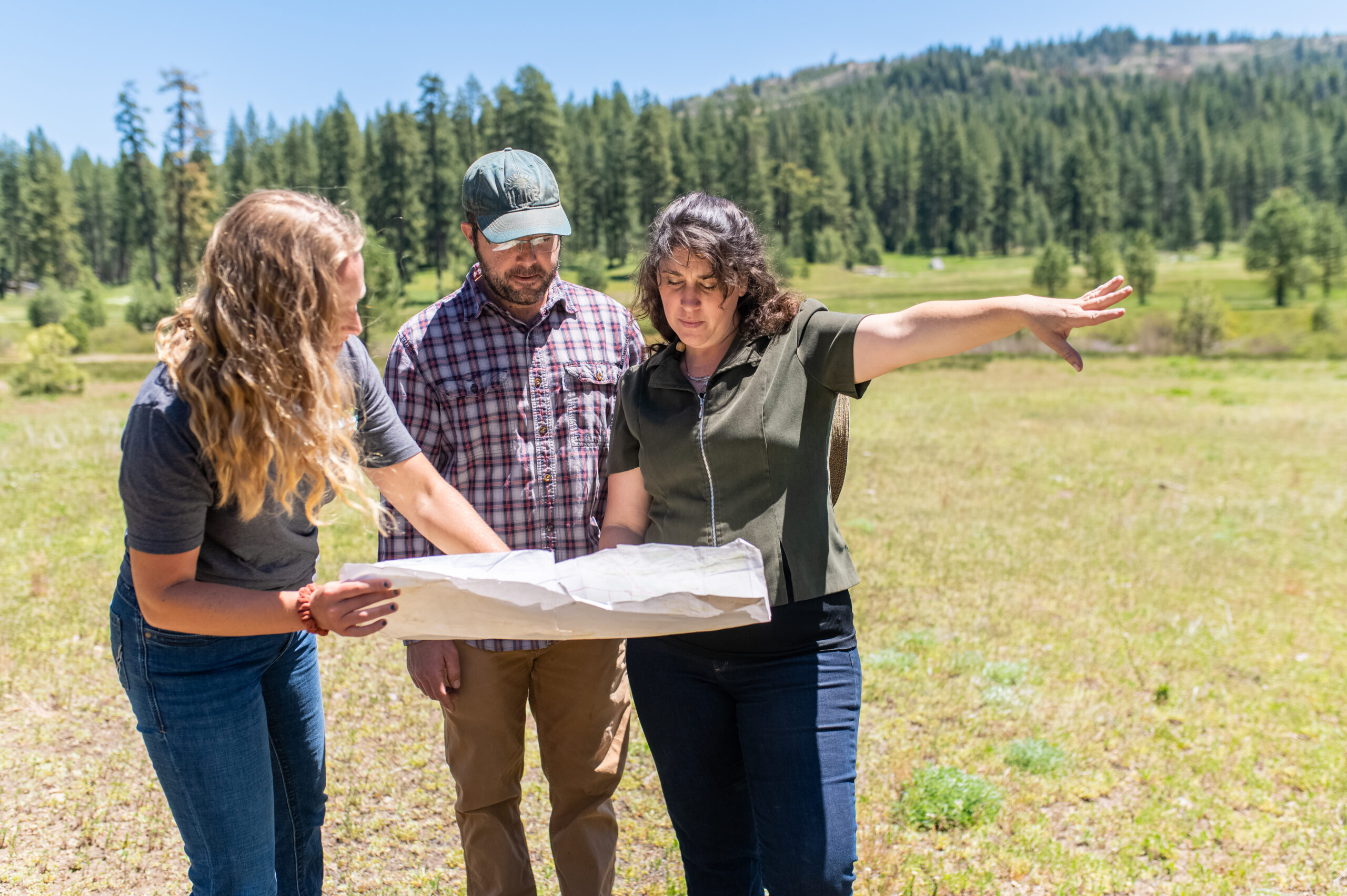
New Guide Released On Planning and Permitting Forest Fuel-Reduction Projects on CA Private Lands
With funding support from the North Coast Resource Partnership and the California Fire Science Consortium, this publication presents some key considerations and insights into selecting the appropriate permit to facilitate fuel-reduction projects on private lands—and offers insights into permitting larger fuel projects that involve multiple owners or multiple funding sources. The publication is organized around projects that take place before or after wildfires. It is intended for foresters, private owners of both small and large parcels of land, natural-resource professionals, and project developers. The publication includes decision trees to help landowners and resource managers crosswalk projects to permits.
CalVTP: Testing a New Tool for Forest Health Project Planning
CalVTP: Testing a New Tool for Forest Health Project Planning
In January 2020, CAL FIRE launched an effort known as CalVTP (California Vegetation Treatment Program) to reduce hazardous fuel conditions across California. Although CAL FIRE has primary responsibility for program implementation, the CalVTP Environmental Impact Report establishes processes that may also assist with California Environmental Quality Act (CEQA) compliance for fuel-reduction projects by other entities. In the Sierra Nevada, local organizations are learning what this new tool might mean for increasing the pace and scale of work to restore resilience to our forested landscapes.

